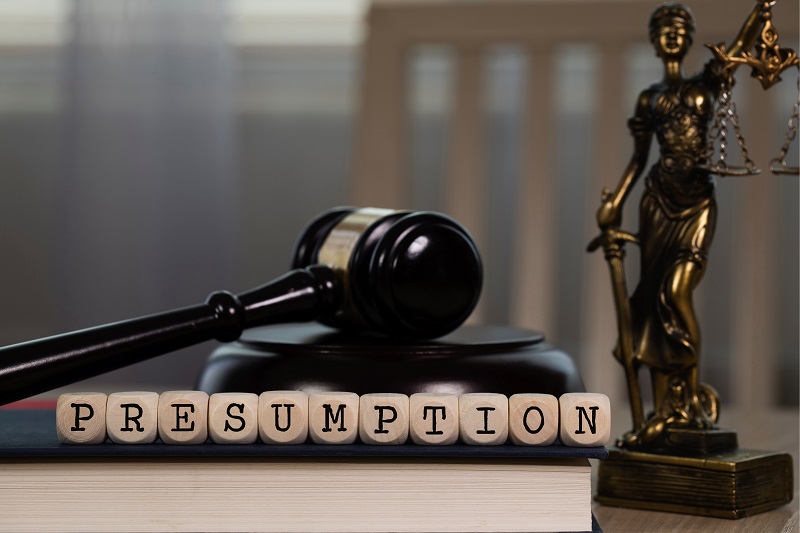Understanding the Five Primary and Secondary Sources of Law

Introduction: The Foundations of Legal Systems
The legal system of any country is built upon various sources that provide the framework and guidelines for the administration of justice. These sources of law are essential in determining the rights and obligations of individuals and entities. In this article, we will delve into the five primary and secondary sources of law, offering insights and notes on their significance.
Also Read:- Understanding Consideration in Contract Law: A Comprehensive Exploration
1. The Constitution: The Supreme Law of the Land
What are the five sources of law? The journey begins with the Constitution. Every sovereign nation has a Constitution, either written or unwritten. It is the fundamental law of the land, providing the blueprint for governance and the protection of human rights. The Constitution outlines the structure of the government, delineates the powers and responsibilities of its branches, and guarantees the rights of its citizens.
Key Takeaway: The Constitution is the bedrock upon which all other laws are built. Any law that contradicts the Constitution can be deemed unconstitutional and, therefore, invalid.
2. Legislation: Laws Made by the Legislature
Legislation, often referred to as statutory law, is the body of laws created by the legislative branch of the government. These laws are proposed, debated, and enacted by elected representatives of the people. Once passed, they provide rules and regulations that govern various aspects of society.
Sources of Law Notes: Legislation can be broad or specific, depending on the needs of society. For instance, a law might be passed to regulate trade practices, while another might address environmental conservation.
3. Judicial Decisions: Law from the Bench
Judicial decisions, also known as case law or precedent, arise from the decisions made by courts in individual cases. When a court interprets a law or the Constitution, its decision can set a precedent for future cases. This means that the interpretation becomes a source of law in itself, guiding future decisions on similar issues.
Key Takeaway: The principle of “stare decisis” is central to the concept of judicial decisions. It means “to stand by things decided,” ensuring consistency in the application of the law.
4. Customary Law: Traditions as Legal Sources
Customary law is based on long-standing practices and traditions that have been accepted by a community over time. These customs, once recognized by courts, become a source of law. Customary law often plays a significant role in areas where written laws might be silent or ambiguous.
Sources of Law Notes: Customary laws can vary widely from one region to another. They often reflect the cultural, social, and historical contexts of a community.
5. Administrative Regulations: Rules by Government Agencies
Administrative regulations are rules and directives issued by government agencies. These agencies are created by the legislature to oversee specific areas, such as health, safety, or the environment. While they don’t create laws, they have the authority to issue regulations that have the force of law.
Key Takeaway: Administrative regulations bridge the gap between broad legislative mandates and practical implementation. They provide detailed guidelines on how laws should be applied.
Primary and Secondary Sources of Law: A Closer Look
Having explored the five main sources of law, it’s essential to distinguish between primary and secondary sources of law.
Primary Sources: These are the original sources from which the law derives its authority. They include the Constitution, legislation, judicial decisions, customary law, and administrative regulations. Primary sources are authoritative and binding.
Secondary Sources: Secondary sources of law are interpretations or commentaries on primary sources. They include law reviews, legal dictionaries, and treatises. While they don’t have the binding effect of primary sources, they offer valuable insights and can influence legal reasoning.
Sources of Law Notes: Secondary sources are especially useful for legal research, providing context and interpretation to primary sources.
Conclusion: The Interwoven Tapestry of Law
The sources of law, both primary and secondary, form an intricate tapestry that guides the administration of justice. They ensure that the legal system remains dynamic, responsive, and reflective of societal values. By understanding these sources, one gains a deeper appreciation of the rule of law and its pivotal role in ensuring justice, equity, and order in society.
Frequently Asked Questions (FAQs) about Sources of Law
1. What are the primary sources of law?
- Primary sources of law are the original sources from which the law derives its authority. They include the Constitution, legislation, judicial decisions, customary law, and administrative regulations.
2. How do secondary sources of law differ from primary sources?
- Secondary sources of law are interpretations or commentaries on primary sources. They include law reviews, legal dictionaries, and treatises. While they don’t have the binding effect of primary sources, they offer valuable insights and can influence legal reasoning.
3. Why is the Constitution considered the supreme law of the land?
- The Constitution is considered the supreme law because it provides the fundamental framework for governance and the protection of human rights. Any law that contradicts the Constitution can be deemed unconstitutional and, therefore, invalid.










